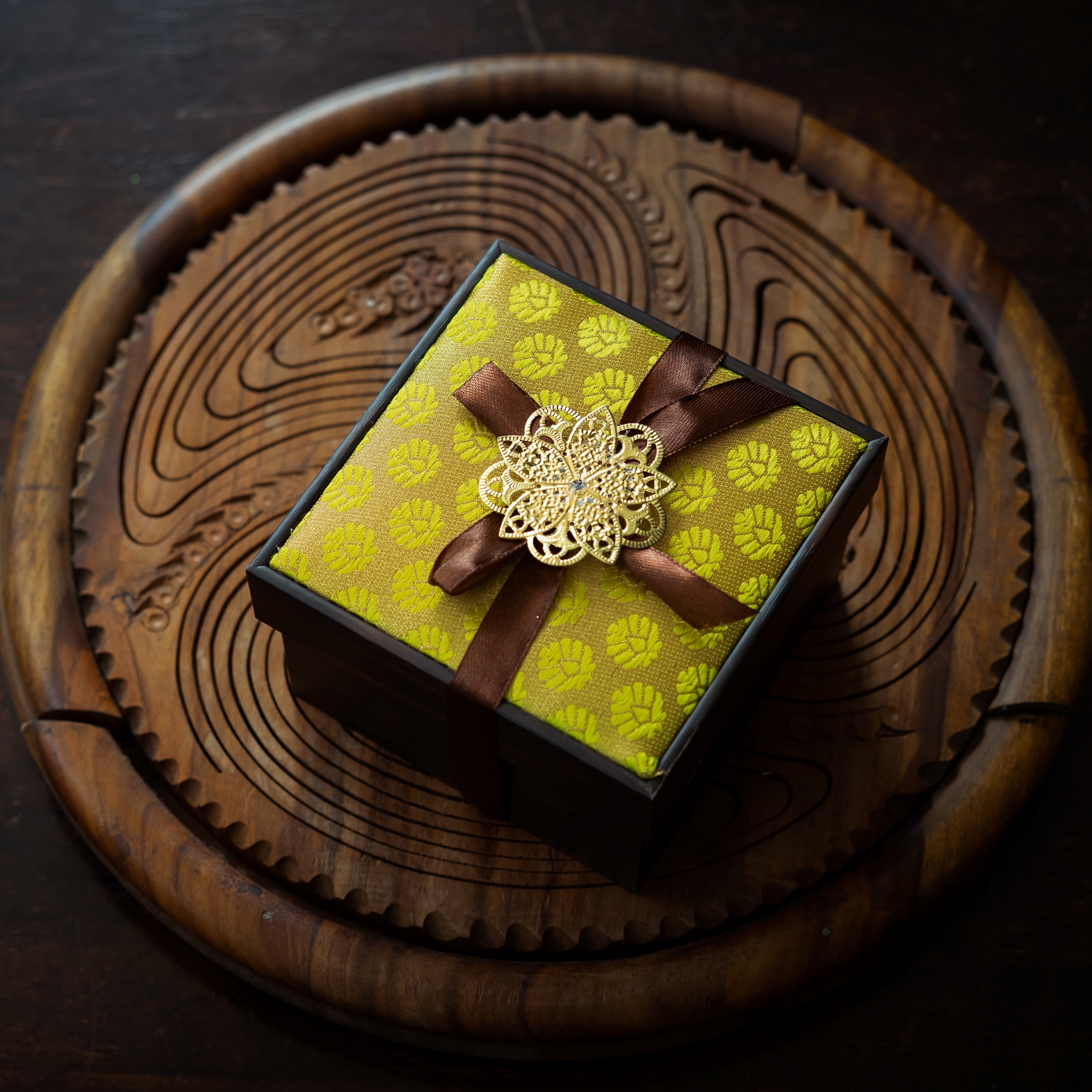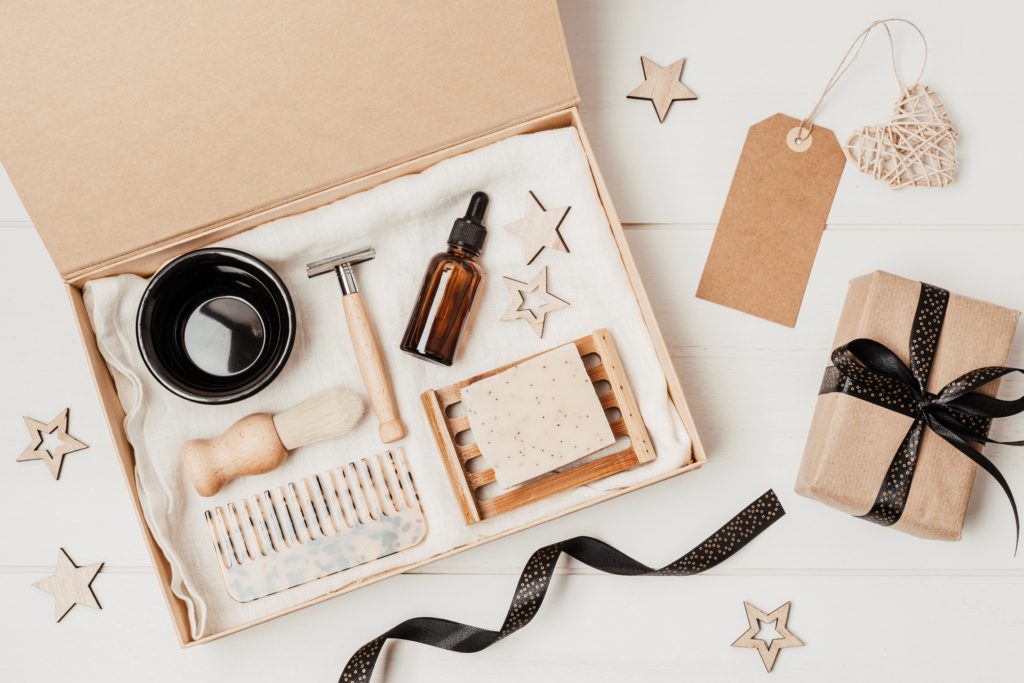Your packaging is the first thing shoppers touch—it defines how they perceive your brand. A 2024 Lussopack survey found that 72% of consumers say box design influences purchase decisions. Choosing the right luxury packaging supplier ensures flawless materials, precision craftsmanship, and on-time delivery—protecting that vital unboxing moment.
Here are five essentials: proven expertise, deep customization, premium materials, sustainability, and scalable flexibility—each turning your box into a brand-building experience.
Proven Expertise and Experience
Why Experience Sets the Bar
In luxury packaging, millimeters matter. A hinge that loosens or a foil that dulls under retail lights can erode brand equity. McKinsey reports that 60% of luxury shoppers base repeat purchases on packaging quality, while operations expert Dr. Shruti Bhat’s 2025 study found a 35% defect drop after tighter quality controls.
When reviewing portfolios, seek proof, not volume. Four 2025 Pentawards earned by Zenpack's custom luxury packaging boxes across coffee, beauty, labware, and wine projects show how elite suppliers master color fidelity and pass the strictest audits. That pedigree means fewer revisions, faster approvals, and confidence for your creative team.
Commissioning a box is like ordering a bespoke suit: materials matter, but true assurance comes from craftspeople who’ve perfected the same pattern countless times. Experience ensures precision from the first run to the millionth.
Customization and Design Depth
Luxury shoppers crave packaging that feels personal and intentional. According to Gitnux, 57% of consumers are likely to buy from brands using personalized packaging. Your supplier must turn bold creative briefs into precise, manufacturable designs.
During plant visits, test the details—hinges, ribbon placement, inner fitments. These tactile checks reveal whether engineering and aesthetics are truly integrated.
Versatility also matters: rigid board, wood, or mixed-media hybrids each convey distinct moods. Ask if the factory can blend textures—soft-touch exteriors, high-gloss interiors—without delaying lead times. Agile suppliers can change dies in minutes and ship white samples within days, enabling rapid collaboration.
Top partners maintain a fast creative cadence—sharing 3D renders within 48 hours and shortening prototype cycles. When production moves at that pace, your custom box becomes part of the product experience itself.
Materials and Craftsmanship Quality
Premium materials don’t just look good—they signal value through touch. A 2025 Zipdo survey found that 69% of shoppers link perceived product quality to packaging feel. Thick, rigid board adds satisfying heft; wrapped textiles convey softness that paper cannot match. Even the click of a lid should feel deliberate.
Craftsmanship transforms fine materials into heirlooms. Check for magnetic closures that snap softly, seamless wraps, and color consistency from sample to full run. Factories with strict quality control can cut defects by 20–30%, safeguarding both margin and reputation.
Ask suppliers to outline their inspection checkpoints—board intake, press calibration, camera scans, and random sampling. For inserts, foam, molded pulp, or layered card should cradle the product and create theater upon opening.
Luxury packaging shines where material integrity meets meticulous execution.
Sustainability Credentials
Modern luxury demands refinement without environmental guilt. A 2025 Statista study showed 42% of U.S. consumers—and nearly half of Gen Z and Millennials—will pay more for sustainable packaging.
Start with materials: FSC-certified board, recycled cotton paper, or mushroom-based inserts lower carbon impact while preserving elegance. Zenpack’s molded-pulp canister for Cambio Roasters coffee pods shows how fiber packaging can stay gift-worthy while doubling as a countertop recycling bin, a solution that went on to win an iF Design Award in 2024. Water-based coatings and soy inks keep toxins off the floor and out of landfills—hallmarks of eco-luxury packaging.
Processes matter too. Factories using energy-efficient presses, water recirculation, and carbon tracking can reduce emissions by 10% annually. Always request chain-of-custody certificates and life-cycle assessments—not glossy brochures.
Transparency builds trust: leading plants host virtual tours showing recycling in action and publish annual sustainability reports with measurable goals.
Sustainability should still feel premium—think uncoated kraft with satin ribbon or post-consumer pulp finished in pearlescent varnish. Responsible choices can be tactile storytelling.
Flexible MOQs and Scalability
Not every launch begins at full scale. Many U.S. suppliers now accept minimums of 500 units, with some semi-custom lines producing as few as 100 boxes for pilot runs, says PakFactory. Industry round-ups of 2025’s best custom packaging companies also spotlight vendors like Arka that go as low as 25 units while still offering FSC-certified materials and luxury finishes. Boutique brands can test demand without tying up capital.
Look for factories that run micro-batches on full-scale presses, swapping dies quickly to maintain unit costs. Confirm scalability—can they ramp from 500 to 50,000 boxes without retooling? Review capacity plans as proof.
Request transparent cost ladders showing price breaks and options for bonded inventory or just-in-time release. A supplier who grows with your business turns packaging from expense to asset.
Conclusion
Packaging speaks before your product does. The right luxury-packaging partner transforms every box into a miniature showroom for your brand.
Remember the five pillars:
- Proven expertise that protects consistency
- Deep customization that transforms vision into reality
- Premium materials matched with precise craftsmanship
- Documented sustainability that feels refined, not preachy
- Flexible MOQs with room to scale
Choose well, and every unboxing will lift margins, foster loyalty, and tell your brand story—before a single word is spoken.
FAQ
What is the smallest order size most luxury-packaging suppliers accept?
Most U.S. rigid-box factories run as few as 100–500 units for pilot launches, though per-unit prices may rise 30–50% versus full orders. Small runs let you test demand without overstocking, and dielines can scale seamlessly to 10,000+ boxes as sales grow.
How can packaging stay sustainable and still feel premium?
Combine certified substrates with refined finishes—for example, FSC board wrapped in recycled cotton paper or molded pulp inserts finished with a pearl varnish. Pair these with water-based coatings and soy inks to stay eco-conscious while preserving a high-end feel.

